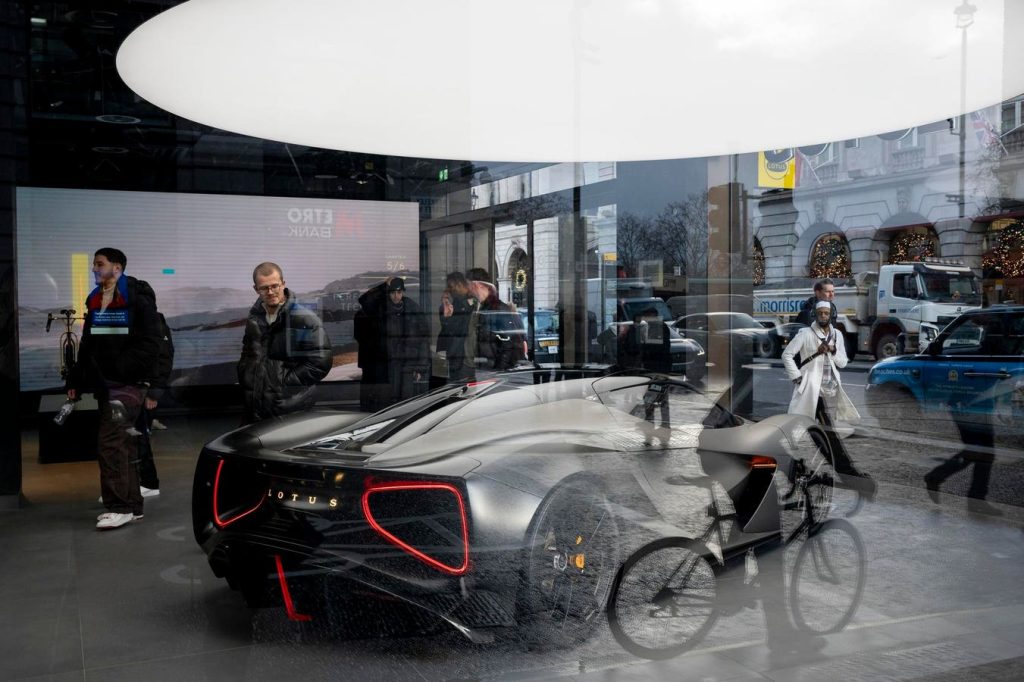On Earth Day, the focus is on sustainable mobility, with electric cars and bikes emerging as winners in the race towards a cleaner environment. Despite some negative media coverage, electric vehicles have already made up 13% of the global fleet, with sales reaching a 5% market adoption tipping point. Several countries have surpassed this critical threshold, signaling a shift towards a more environmentally friendly future.
Major Original Equipment Manufacturers are playing a crucial role in this transition, with the expectation that EVs will soon become the norm. However, this is just the beginning, with the need for a collaborative effort between vehicle makers and governments to accelerate the adoption of EVs and reduce car dependence on the roads. The relay race for sustainable mobility calls for a shift in mindset and policies to eliminate emissions and create a more resilient transportation system.
While EVs are a step in the right direction, the true victory will come from the collaboration between the top five OEMs and the 5,000 metropolitan areas where most of the world’s population resides. These cities face challenges such as legacy subsidies, car-dependency reinforcing lobbying, and outdated policies that hinder the transition to sustainable mobility. Addressing these issues is crucial to creating a more sustainable and resilient urban transportation system.
Cities need to shift their focus from car-centric lifestyles to more sustainable transportation options. This includes reevaluating subsidies and taxes, reclaiming public spaces for pedestrians and cyclists, reforming parking regulations, and ending single-use zoning practices. By promoting a variety of transport options and creating safe and convenient infrastructure, cities can encourage residents to choose greener modes of transportation.
Urban mobility AI can play a key role in visualizing and telling a compelling story about the benefits of sustainable transportation. By harnessing big data and generative AI, cities can create simulations and visuals that demonstrate the positive impact of transitioning to more sustainable modes of transport. This technology can empower city planners and communities to make data-driven decisions that prioritize sustainability and improve quality of life.
The time to act is now to achieve a shift towards sustainable urban transportation. Electrification is already in progress, but reducing the total number of vehicles in cities and promoting active and shared mobility is crucial. By pressuring local officials, businesses, and communities to prioritize sustainable transportation solutions, we can work towards shifting a billion daily car trips to more environmentally friendly modes of transport in the next decade. With the right tools, knowledge, and determination, every day can be an Earth Day for urban transportation. Let’s come together and make it happen.


